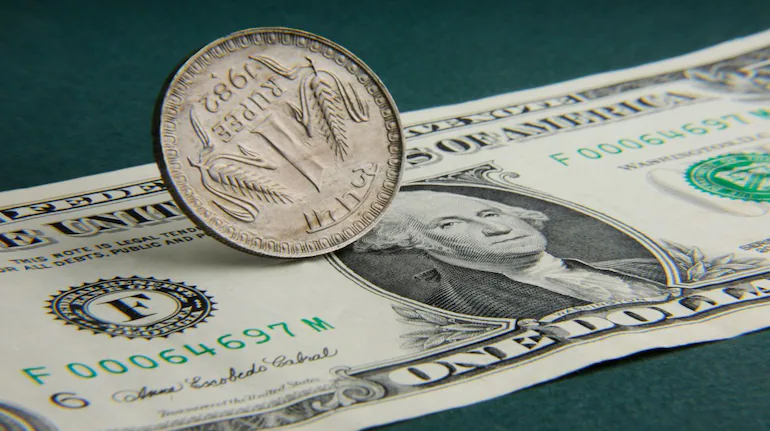UAE-based Indian expats eye best dirham-rupee exchange rate this month as rupee weakens
The Indian rupee has slipped to its lowest point in July against the UAE dirham, prompting many non-resident Indians (NRIs) to reconsider their remittance timing. The current dip offers one of the most favourable exchange rates this month, renewing the debate on whether to send money now or wait for a further slide towards 23.5 or 23.6, reported gulfnews.com.
After weeks of stability, rupee slips past 23.2 to dirham, tempting UAE NRIs with improved remittance returns.
Throughout June and much of July, the rupee remained steady at around 23.1–23.2 per dirham. The only significant drop came briefly in mid-June—reaching 23.61—after the onset of the Israel-Iran conflict. The dollar soon weakened, causing the rupee to recover.
However, in recent days, the rupee has shown fresh signs of weakness, which currency analysts say could persist if trade tensions between the US and India escalate.
-
“There’s pressure on the rupee right now, and it could worsen if the trade deal between the US and India is delayed,” said Neelesh Gopalan, Treasury Manager at a Dubai-based remittance fintech firm
-
“In such a case, we could see dirham-rupee rates hit 23.4 or even 23.6. Some are holding out for that.”
Summer lull and strategic waiting reduce July remittances
Currency exchange houses report that remittance volumes from the UAE have dipped this month. Part of this is attributed to NRIs travelling on summer breaks. But another factor is strategic timing—some NRIs have chosen to delay transfers in anticipation of better rates, a move that may now pay off.
With the US dollar gaining strength after months of sluggishness, the rupee could remain under pressure in the near term. President Trump’s aggressive tariff stance, including proposed hikes on Brazil and Canada, may further influence emerging market currencies like the rupee.
What should NRIs do?
While 23.2–23.3 still offers a decent remittance value, those willing to wait might benefit further if the rupee slides to 23.5 or 23.6. However, this comes with risks, especially if markets stabilize or trade agreements materialize quickly, causing the rupee to rebound.
Experts advise tracking the dollar’s trajectory and geopolitical signals closely before making a move.









